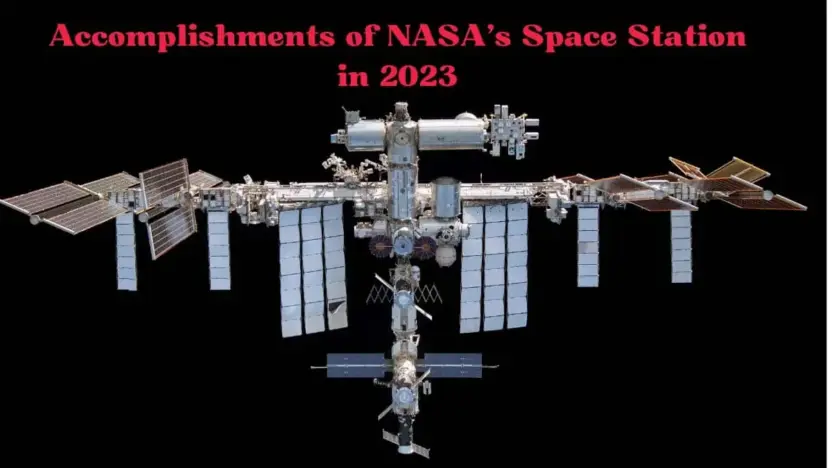In 2023, NASA’s International Space Station (ISS) didn’t just orbit the Earth; it revolutionized our understanding of space and science. As a beacon of technological achievement, the ISS conducted ground-breaking research with far-reaching impacts both off and on our planet. In this article we have made a list of Accomplishments of NASA’s Space Station in 2023.
Accomplishments of NASA’s Space Station in 2023
Revolutionary Medical Advancements

A significant achievement this year was the successful bioprinting of a human knee meniscus. Using the space station’s BioFabrication Facility, this experiment, dubbed BFF-Meniscus-2, ventured into the realm of 3D printing knee cartilage tissue using bioinks and cells. The success of this experiment in the unique microgravity environment of space paves the way for more advanced tissue and organ fabrication, which could revolutionize medical treatments on Earth.
Quantum Gas Breakthrough: A Leap in Quantum Research
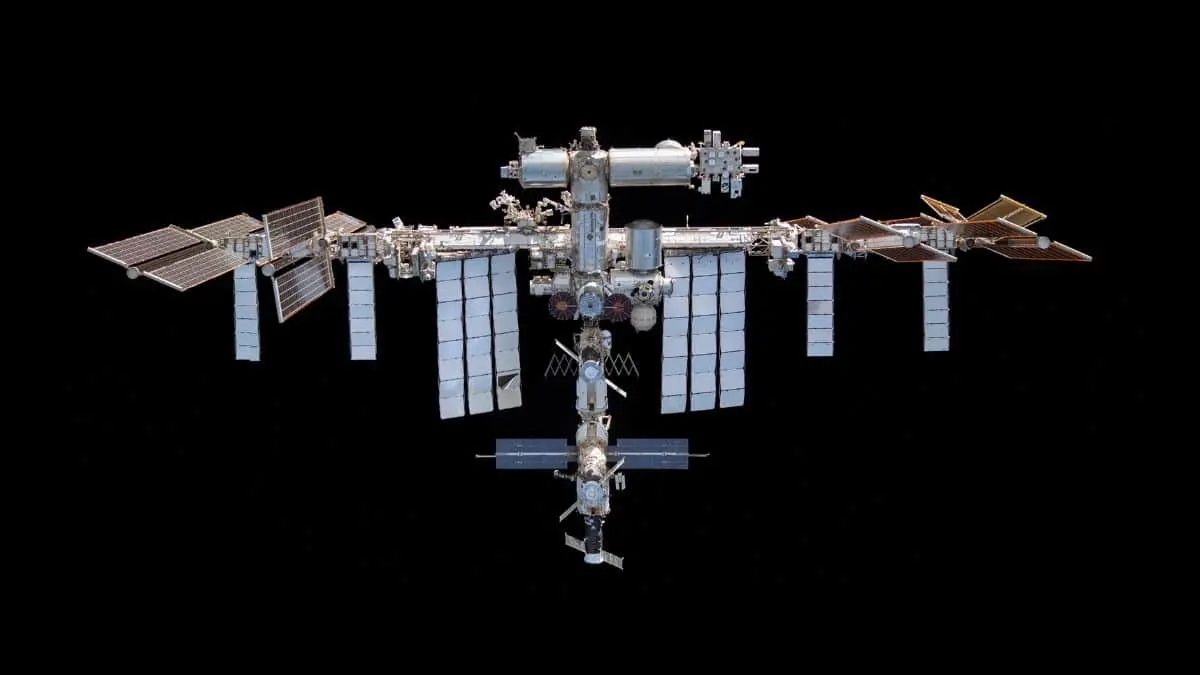
In another Accomplishment, scientists aboard the ISS produced a quantum gas containing two different types of atoms in the station’s Cold Atom Laboratory. This breakthrough in quantum chemistry—the study of how different atoms interact and bond in a quantum state—could significantly advance our understanding of the universe’s fundamental laws. It opens up new possibilities for space-based quantum technologies, which have applications ranging from cell phones to medical devices.
Climate Change Watchdogs
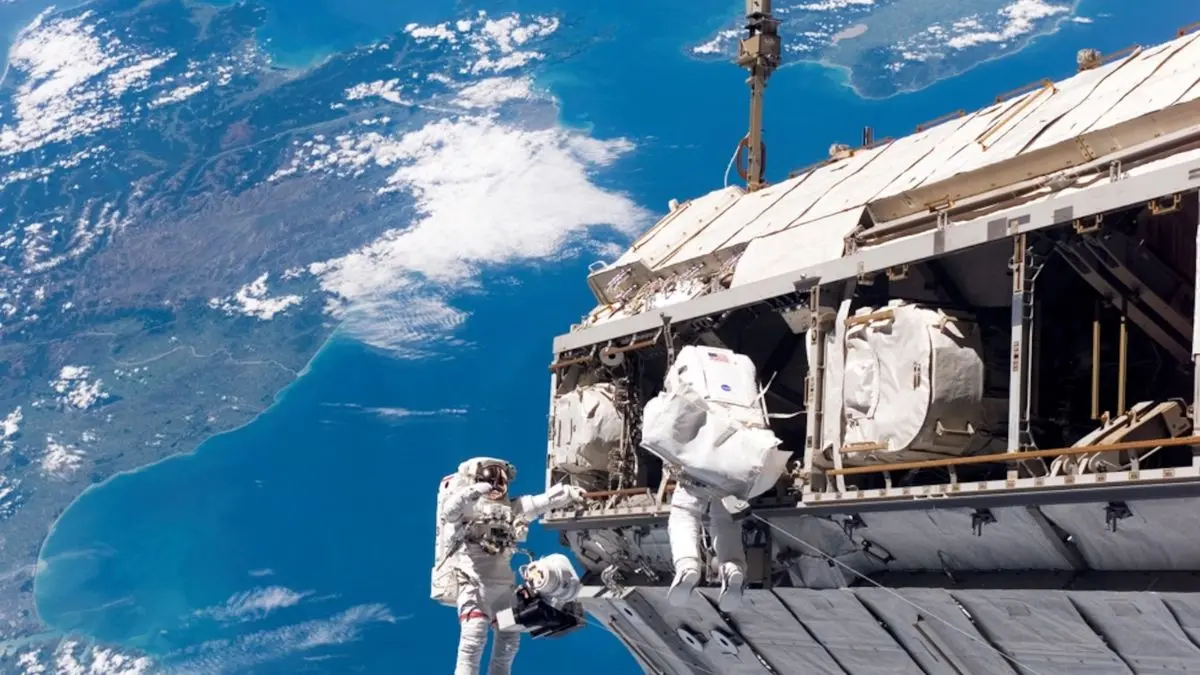
The ISS has been instrumental in monitoring Earth’s changing climate. In 2023, NASA’s EMIT (Earth Surface Mineral Dust Source Investigation), initially launched to detect surface minerals, unexpectedly became a key tool in identifying greenhouse gas emissions, including methane. With over 750 emission sources pinpointed, EMIT has become crucial in tracking and addressing climate change.
Additionally, using NASA’s ECOSTRESS data, scientists found that photosynthesis in plants starts failing at temperatures around 116°F (46.7°C). This discovery is especially alarming for tropical rainforests, Earth’s major oxygen producers, where average temperatures are rising. The ISS plays a vital role in providing this vital climate data, aiding in our understanding and response to global climate change.
Preparing for Deep Space Exploration
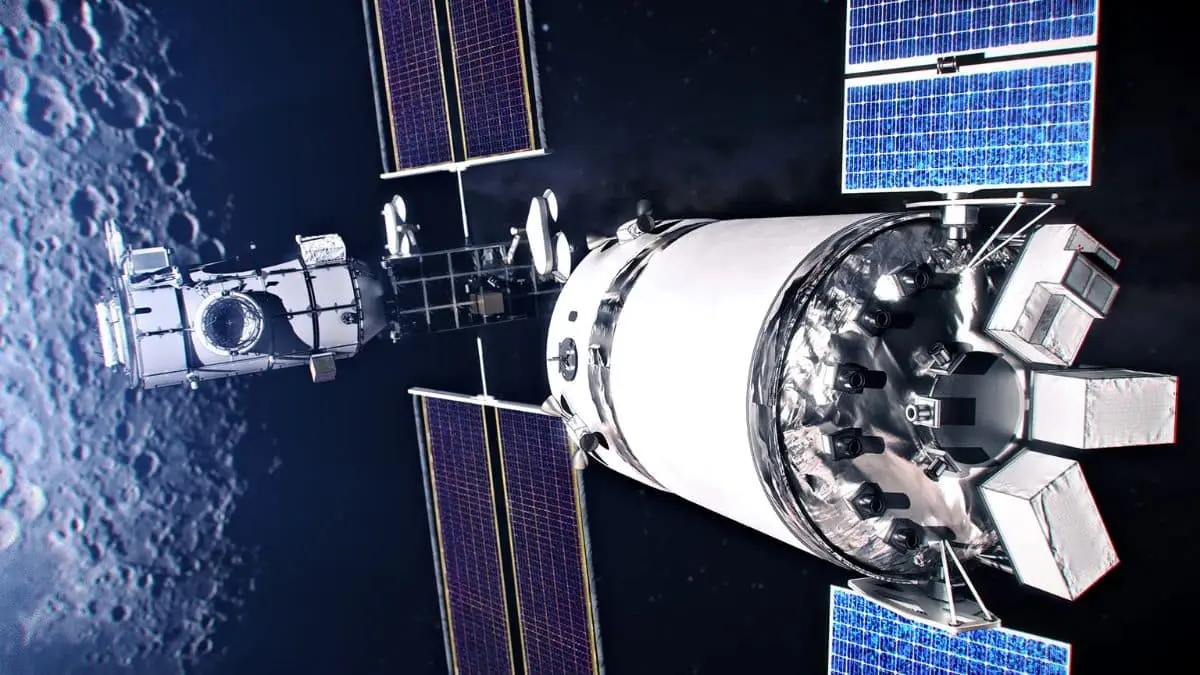
The ISS is not just about observing Earth or conducting experiments in orbit; it’s also about preparing humanity for longer and farther space voyages. This year, NASA achieved a significant milestone with 98% water recovery aboard the ISS. This is crucial for long-duration missions to the Moon, Mars, and beyond, as it demonstrates the ability to sustain life over extended periods in space.
Furthermore, the ILLUMA-T laser communications demonstration marked a significant advancement. This new technology promises to revolutionize how we send and receive data across space, offering higher transmission rates and more efficient communication for future space missions.
Breaking Records and New Grounds in Human Research
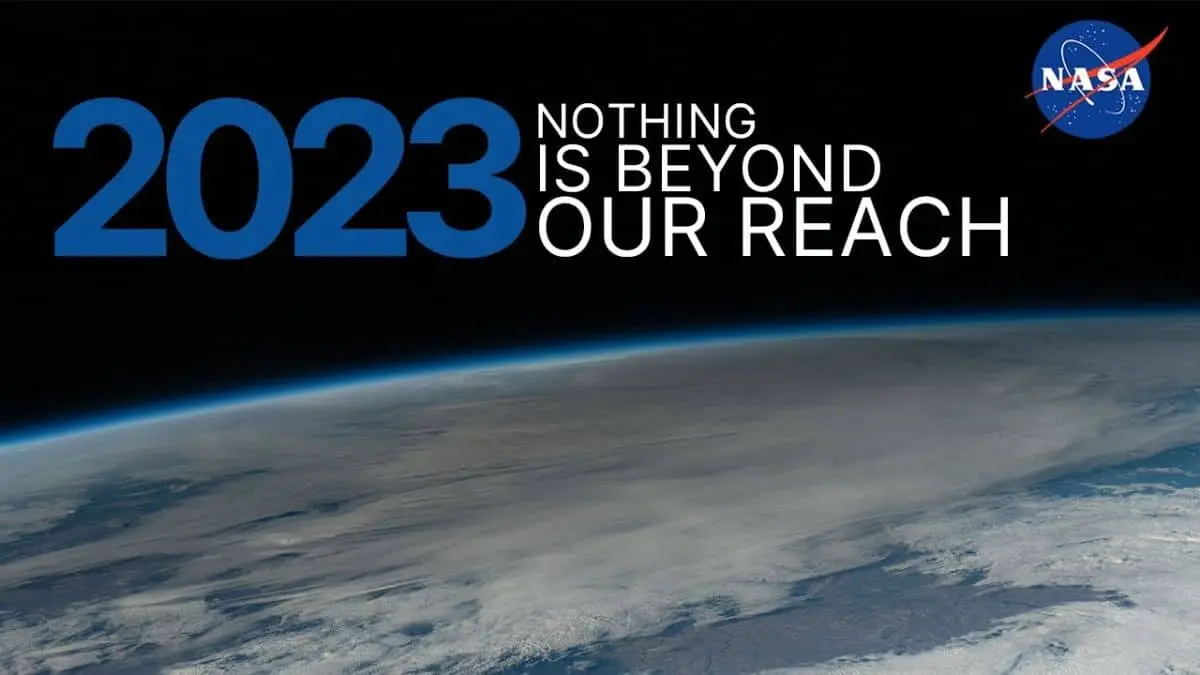
NASA astronaut Frank Rubio set a new record by spending 371 days in space. During this mission, Rubio contributed to vital research on how limited equipment affects physical health in space and whether an enhanced diet can improve adaptation to microgravity. These studies are crucial in understanding and preparing for the physiological and psychological challenges astronauts face during long-duration space missions.
Agriculture in Space: Plant Habitat-03
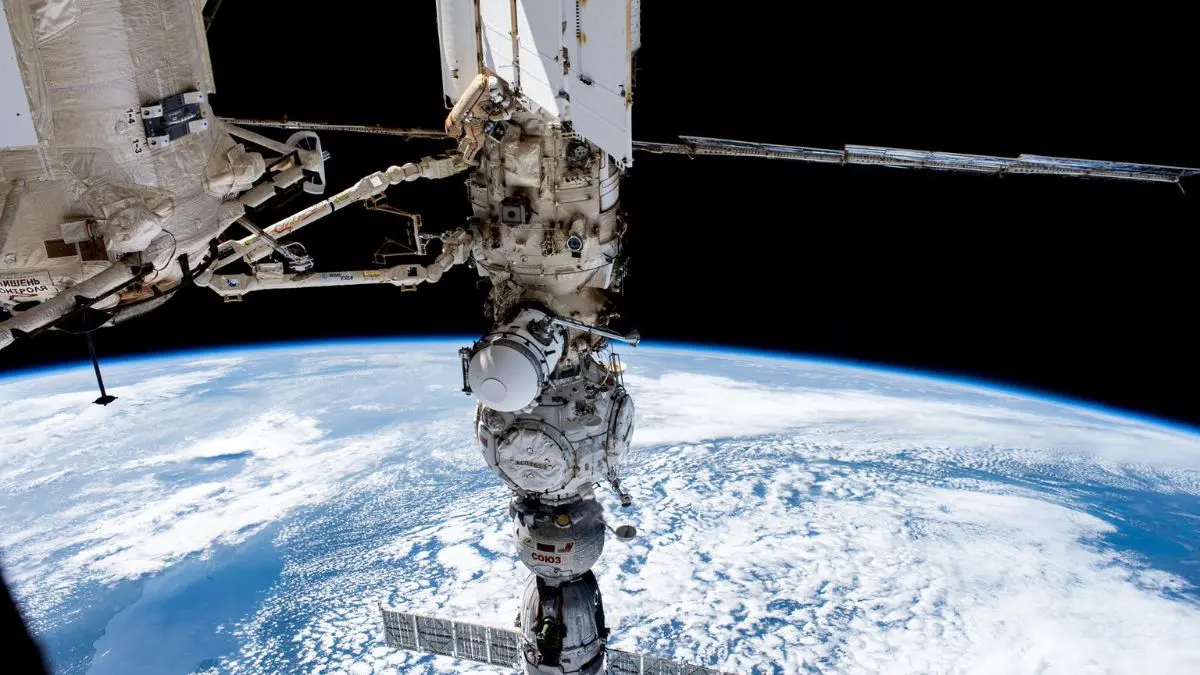
The completion of one of the first multi-generational plant studies aboard the ISS marks a significant step in space agriculture. The Plant Habitat-03 experiment provided insights into whether genetic adaptations in plants grown in space are passed on to successive generations. This research is key to understanding how to sustainably grow food in space, a vital component for future long-term missions.
Understanding Fire in Space: Saffire-VI
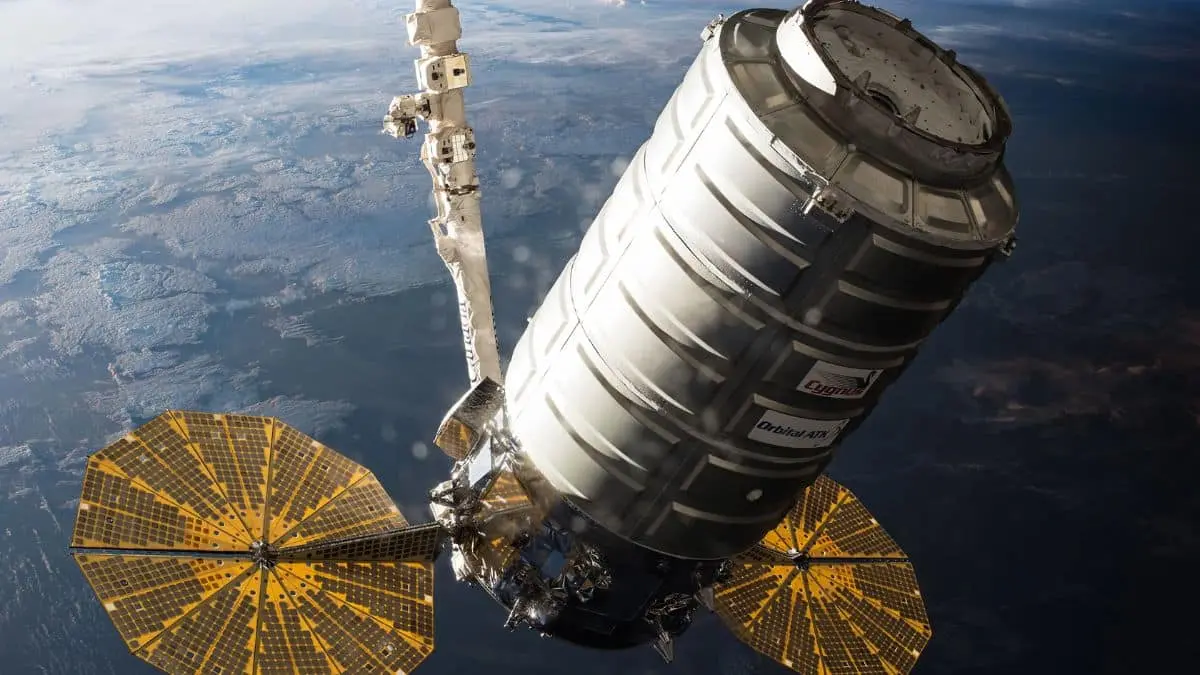
Lastly, the completion of the Saffire-VI (Spacecraft Fire Experiment-IV) provided crucial data on the behavior of fire in space. Conducted in the Cygnus resupply vehicle post-departure from the ISS, these experiments helped researchers understand fire dynamics in different oxygen levels and develop effective fire detection and suppression systems for space environments.
Also Read: New species discovered in year 2023
